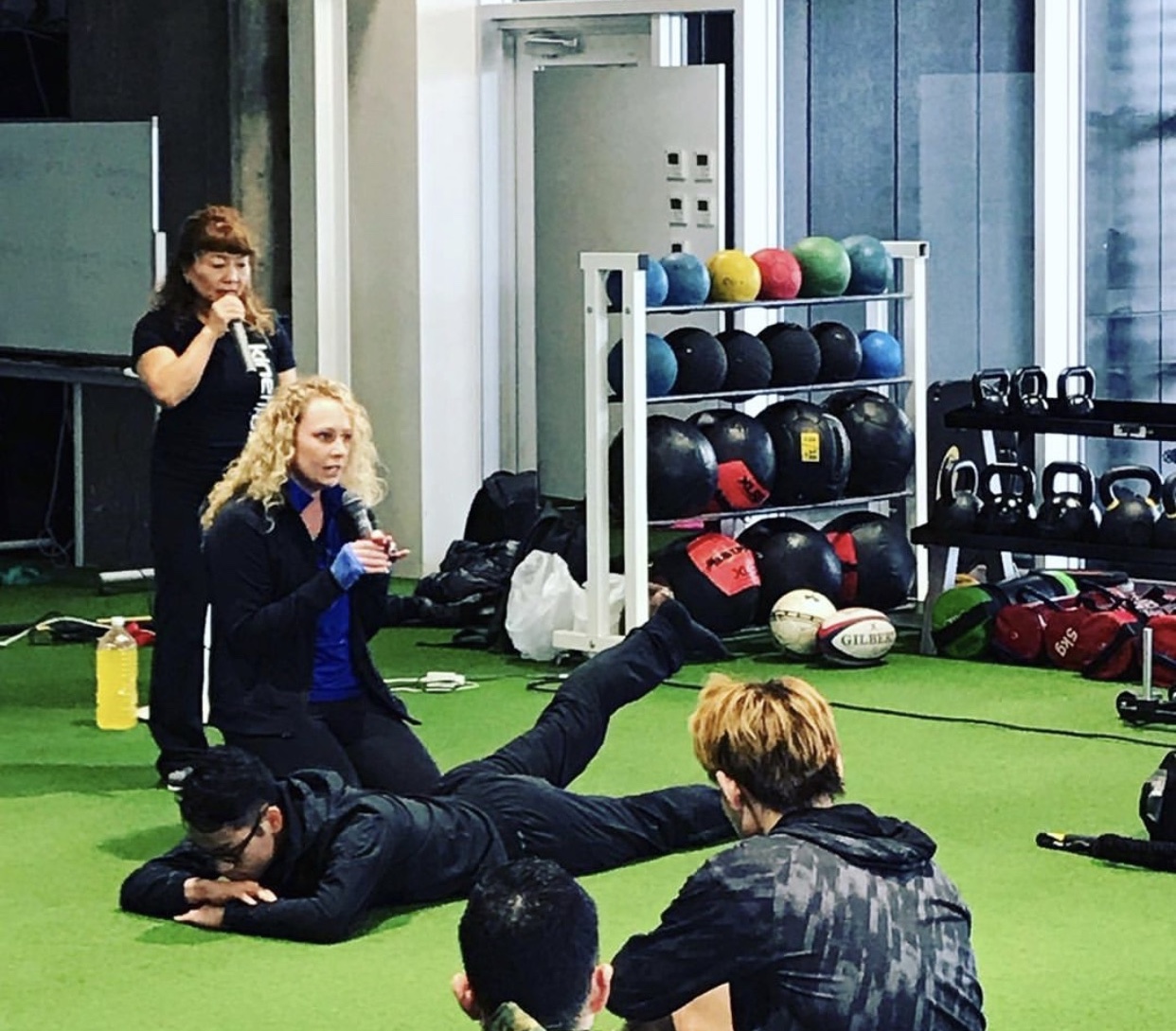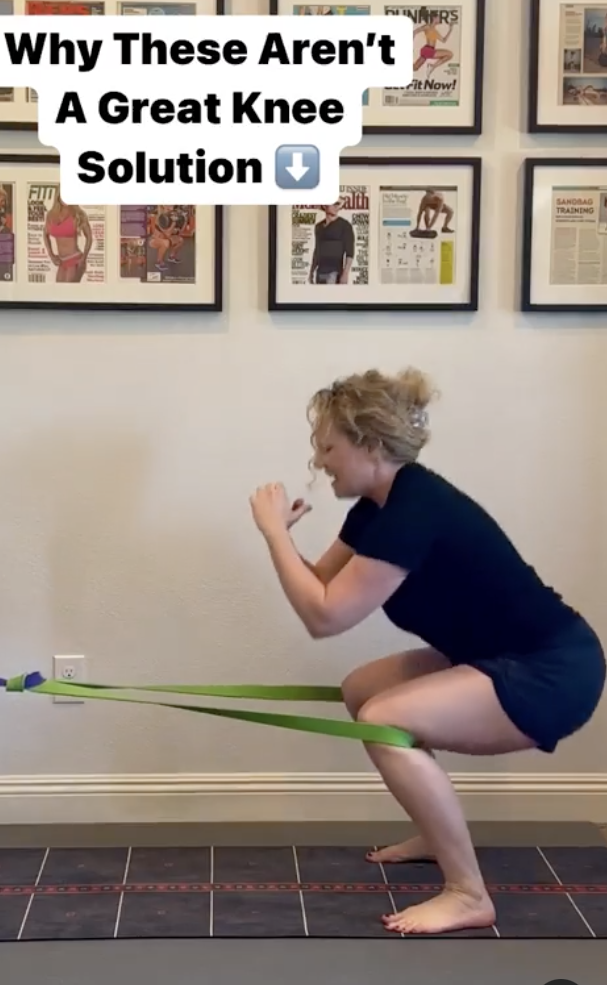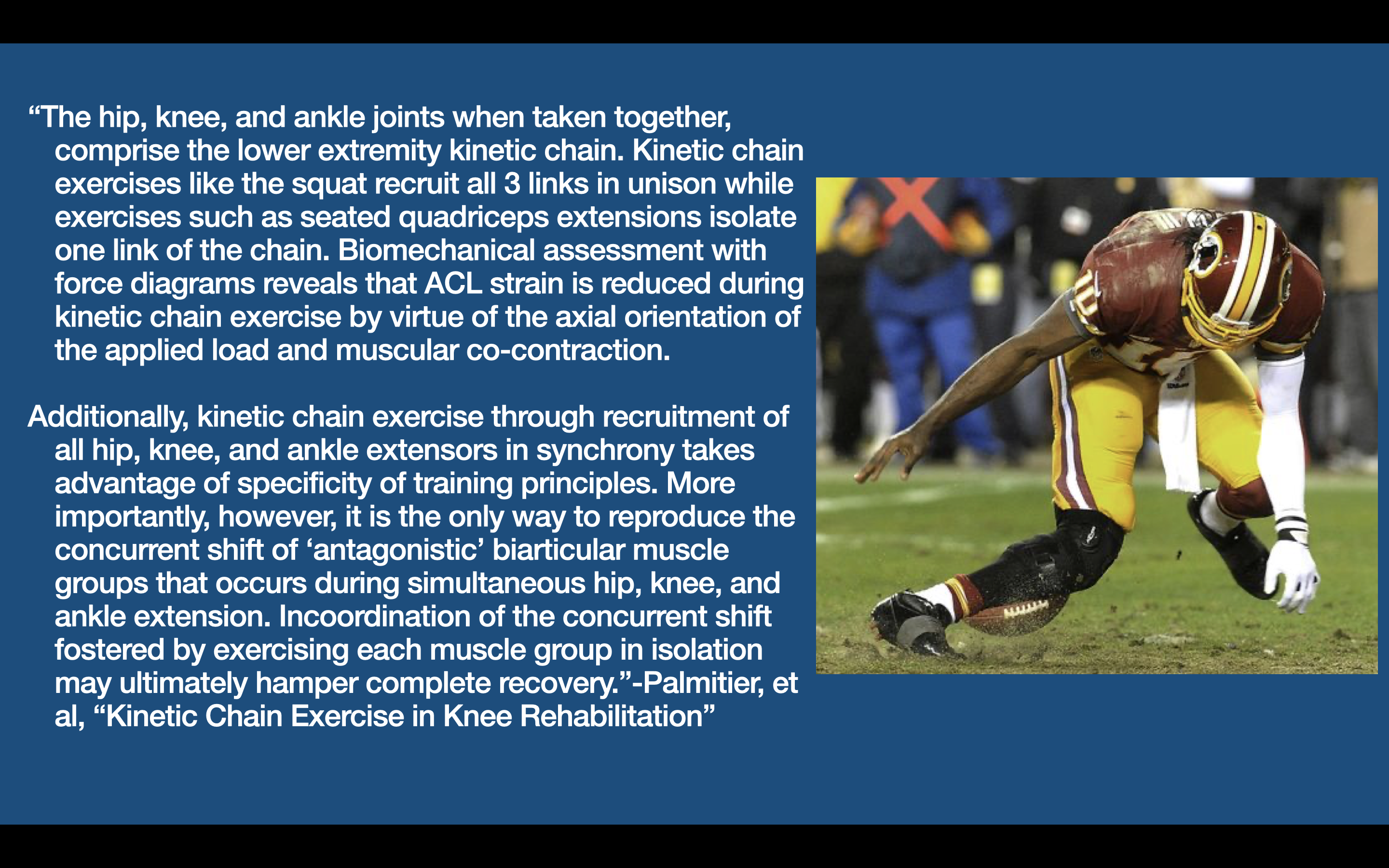Why These Squats Don’t Help Bad Knees
2023-02-20
Jessica Bento, Physical Therapist (Creator DVRT Restoration, DVRT Pelvic Control, DVRT Better Backs, Knees, & Shoulders)

Social media has yet again given me content for another post. This time it’s what is being called a knee friendly squat called “Spanish Squats” (no idea why they are called Spanish but that’s what most people know them as). If you haven’t, they are for some reason becoming more and more popular. Picture a thick super band around both your knees just below the joint line, you are facing the anchor point of this band, stepping back far enough to get some tension/ support from the band you simply go into a squat. The band is essentially supporting your squat and allowing you to sit back almost like you are sitting upright in a chair.

To be honest, I’m not doing a great job of showing the exercise here because it is very awkward for me as it is pretty unnatural (as I will explain). Most will counterbalance SO much on the bands they will have their trunk and shins very vertical.
Now you might be thinking why is that knee friendly squat…well, without getting into the biomechanics of it all, your body is doing less, your knees are not moving as far forward as they normally would with a normal squat pattern. Basically taking away some of the stress that the knee goes through with a typical squat.
Right now you might be saying, “Jess, what’s wrong with that, sounds like a good alternative for people that have knee pain.” Well, that’s where we might differ. First off the Spanish squat is typically used for individuals with patellar tendon pain/ issues/ pathology since it takes away increased stress from the tendon. Now, for general pop, knee pain is not typically caused by the patellar tendon and you generally don’t have to take that into consideration.
Those with knee pain that feel better doing the Spanish squat are really just benefiting from counterbalance component of the moment. Similar to a wall squat with a Swiss ball…which I used to have people do all the time BECAUSE it was easy to get them to squat because we took MANY demands off of the body. Not because it was teaching them to move well.
Just a side note before I continue to…I have a hard time making sense of some of the things I see on social media half the time but this one really makes me go hmmmm. First off, everyone is so into knees over toes squats and lunges and for knee health but now going totally opposite with Spanish squats. Sorry just had to put this out there since I am sure if you see this stuff all the time you are thinking the same thing. IT DOESN’T MAKE SENSE and shows an inconsistency with many of the social media popular philosophies in training. We can’t say that the goal should be to get the knees over the toes and then promote exercises that literally are promoted to be good for the knees because they do the EXACT OPPOSITE of knees over toes.

Ok back to Spanish squats. I look at them like a band aid, covering up the real issue. For one you are not actually teaching a proper squat pattern since there is so much counterbalance from the bands. When we place bands on our feet or around our knees they are used as feedback tools to help understand how to create the movement smarter. However, using bands like we see in Spanish Squats is creating an artificial environment teaching a movement pattern in the squat we literally can NOT use in the real world.
View this post on Instagram
Second, people tend to say you get more muscle activation and you do in certain areas, but there we go again trying to isolate and increase muscle activation of individual muscles when we should be focused on how all the muscles are working together. Time and time again research has pointed to the fact that isolating muscles in the lower extremities is the WRONG way to build greater knee health.

Three, knee pain is usually because someone doesn’t know how to create stability whether that be at the foot, hips, and/or at the core. I have never struggled to have someone squat that had knee pain IF we addressed foot stability, ankle mobility, hip mobility/strength, core stability, AND teach people how to squat properly. It comes down to coaching the movement correctly and choosing the correct squat (not all squats are equal in the feedback and information it gives the body). That last point tends to be the issue when we don’t recognize how loading of the squat alters the stress on the body, the feedback we receive, and the solutions we can offer. Even in goblet squats people tend to not use the load correctly and most don’t know how to coach the lower body (as I showed in the video above). Below are the solutions that actually help knee pain and allow us to ultimately squat without the knee pain that plagues so many.
Want to find out more great training solutions? You can save 30% on Jessica’s DVRT Rx courses on knees, shoulders, and more with code “sale30” HERE as well as our Ultimate Sandbags HERE
View this post on Instagram
© 2025 Ultimate Sandbag Training. Site by Jennifer Web Design.







